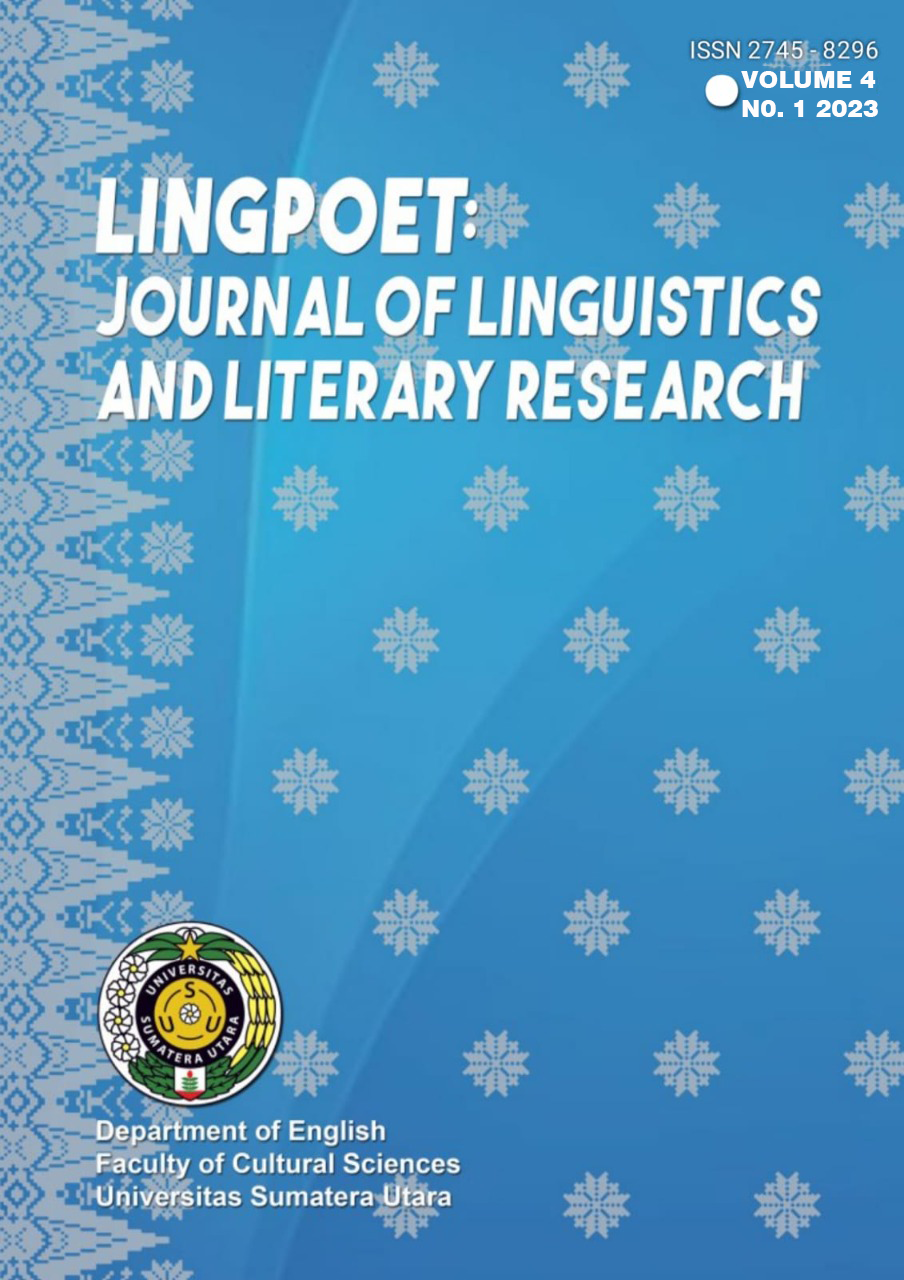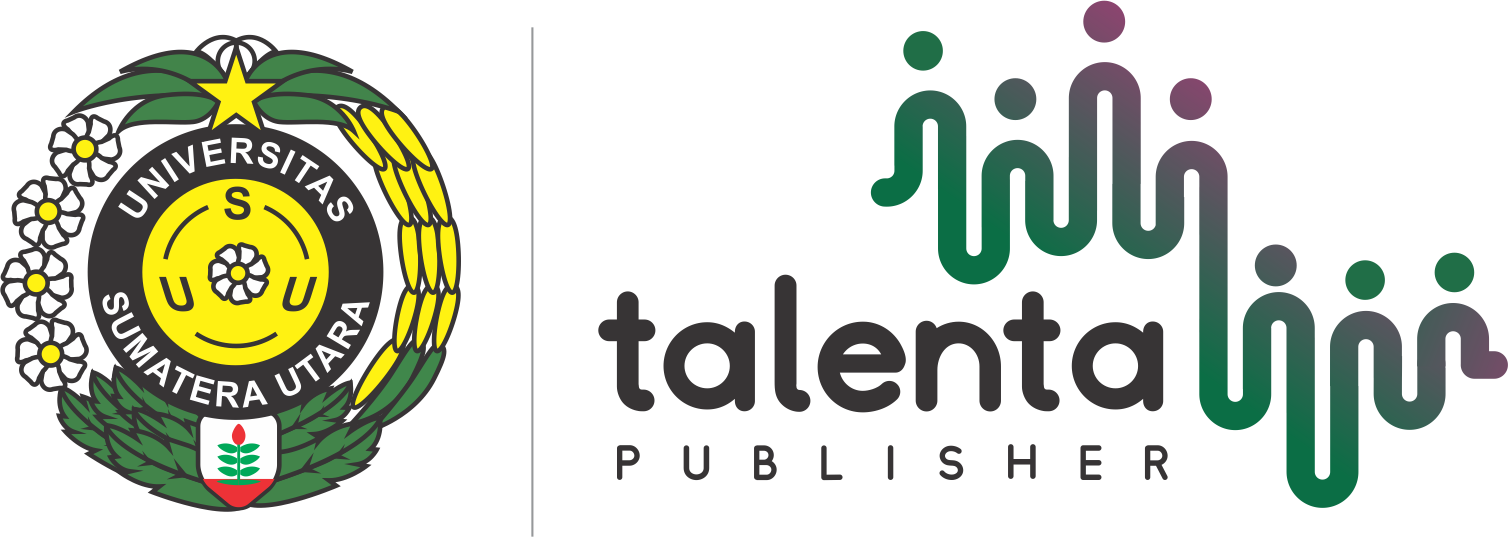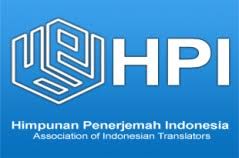Linguistic Analysis of How Hotel is Named in Berastagi: A Semantic Analysis
Keywords:
Semantics, Toponymy, Hotel Names, Lexical MeaningAbstract
This research aims to analyze hotel names and provide valuable information on semantics analysis regarding of hotel names in Berastagi. The method of this research was qualitative content analysis, which aimed of the research was to describe the lexical meaning compared with toponymy, the pattern and name classifications of hotels in Berastagi. The data collection was done by observation, interview, and documentation. Based on the result of the study, the findings revealed that the lexical meaning found varied related to the Cambridge Dictionary and KBBI V. The toponymy meaning of hotel names is also various associated with the cultural values of the people in Berastagi Sub-district. Some hotel names use Bahasa Indonesia, Karo, English and some are mixed. The dominant hotel names use Indonesian noun phrases with noun + noun patterns. There are six names classification used, i.e (1) Naming Based on Place, (2) Naming Based on Distinctive Characteristics, (3) Naming Based on Mention Apelativa, (4) Naming Based on Inventor Hope, (5) Naming Based on Mention of Parts (Sinecdoche), (6) Shortening(Abbreviation).
Downloads
References
Algeo, J. (2010). Is a Theory of Names Possible?, 58 (2): 90-96. Reprinted in Names, 58 (2): 90-96.
Chaer, A. (2009). Pengantar semantik. Jakarta: PT. Rineka Cipta.
Dornyei, Z. (2007). Research methods in Applied Linguistics: Quantitative, qualitative, and mixed methodologies. New York: Oxford University Press.
Engchuan, K. (2023). What’s in a Name? An Ethnosemantic Study of Muslim Mosque Names in Southern Thailand. Theory and Practice in Language Studies, Vol. 13, No. 2, pp. 447-453. Retrieved from https://doi.org/10.17507/tpls.1302.20
Gladkova, A. (2002). The Semantics of Nicknames of the American Presidents. Makalah disajikan dalam Conference of the Australian Linguistic Society.
Hendra (2023), The Toponymy of Village Names in Gorontalo, Indonesia. Theory and Practice in Language Studies, Vol. 13, No. 4, pp. 1016-1022. Retrieved from https://doi.org/10.17507/tpls.1304.23
Miles, M.B. & Huberman, A.M. (1992). Analisis Data Kualitatif. Diterjemahkan oleh Tjetjep Rohendi Rohidi. Jakarta: University Indonesia Pers.
Mulyadi, et al. (2022). Market Names in Medan : Natural Metalanguage Study. Retorika: Jurnal Bahasa, Sastra, dan Pengajarannya, Vol. 13, No. 2, August 2020, pp. 235–245. Retrieved from http://ojs.unm.ac.id/retorika/oai
Geographical Review. 100(3), 394-412.
Rahmawati & Mulyadi. (2021). Naming Culinary in Mandailing Society. Budapest International Research and Critics in Linguistics and Education (BirLE) Journal Volume 4, No 1, January 2021, Page: 486-493. Retrieved from https://doi.org/10.18510/hssr.2020.8290
Siagian,M & Sibarani,R. (2023). Name of Village in South Tapanuli Regency. Medan: TALENTA Publisher Universitas Sumatera Utara.
Sudaryat, Y. (2006). Makna dalam Wacana (Prinsip-prinsip Semantik dan Pragmatik). Bandung: Yrama Widya.
Sumarsono. (2020). Pengantar semantic. Yogyakarta: Pustaka Pelajar.
Downloads
Published
How to Cite
Issue
Section
License
Copyright (c) 2023 LingPoet: Journal of Linguistics and Literary Research

This work is licensed under a Creative Commons Attribution-ShareAlike 4.0 International License.













